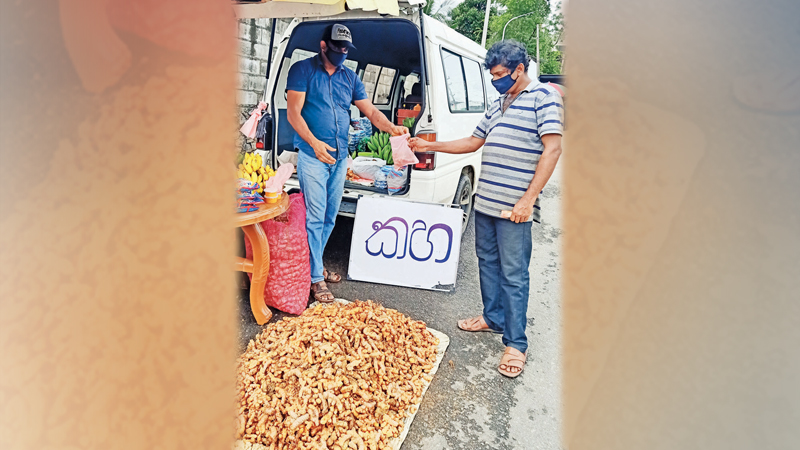Ending the turmeric drought in the Sri Lankan culinary sector and households, locally produced turmeric is now made available in the market mainly through individual growers.
The government in a bid to encourage local small to medium-size growers and also save foreign exchange banned the imports of Turmeric to Sri Lanka in December 2019. However, this led to a huge smuggling business of turmeric mainly from India. The demand for the spice doubled after the import ban as supermarkets ran out of stock within weeks.
“The problem arose because the ban was brought in abruptly and very strictly, which led to the rise in smuggling,” said Delano Dias, Vice President of the Sri Lanka Food Processors Association.
“When the government gave a solid promise that Turmeric won’t ever be imported we believed in this and uprooted our old pineapple plantation and started growing turmeric”, said Sarath Maheepala from Gampaha who was selling turmeric in numerous from a van parked in Thalawathugoda.
He said that turmeric gives better returns as it sells at Rs. 1,000 a kilo and he also sells turmeric paste and dried turmeric. “However I have still not gone into turmeric powder,” he said.
When contacted an official from the Ministry of Agriculture said that the ideal time to harvest turmeric is after one year but farmers are processing them from 9 months to gain revenue. A Sri Lankan family uses, on average, 5 kg (11 pounds) of turmeric a year.
He said the firm promise made by the government resulted in many farmers moving into the growing of turmeric and said that supplies would be available locally from January ending the drought for turmeric in the local market.
The government must be praised firstly for the import ban and secondly imposing it strictly. “We can now dream of a Sri Lanka ‘self-sufficient in turmeric’ in a few years thus saving millions of dollars to the country for imports and also giving an alternating ‘crop’ for the farmers with a guaranteed return of a high price.”


